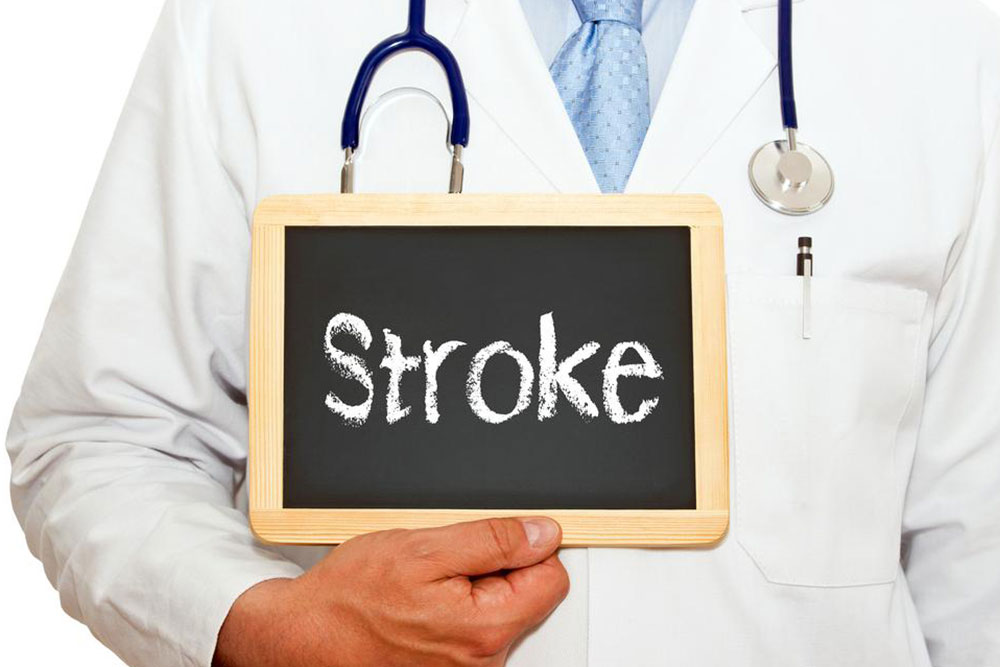Understanding Mini Strokes: Causes, Symptoms, and Prevention
This article explores the causes, symptoms, and importance of recognizing mini strokes, also known as TIAs. It emphasizes early detection and medical intervention to prevent serious health complications. Understanding the signs such as sudden weakness, headaches, dizziness, and speech issues can help individuals seek prompt care. While mini strokes are brief, repeated episodes can lead to significant damage, underscoring the need for medical consultation and lifestyle changes to reduce risks.

Understanding Mini Strokes: Causes, Symptoms, and Prevention
Maintaining good health motivates us to start our day early, whether by jogging or exercising. However, despite our body's resilience, it remains vulnerable to internal and external disruptions. Our organs work together to keep us alive, but sometimes disorders disrupt this harmony, leading to discomfort and temporary functional impairments. One such condition is a mini stroke, also known as Transient Ischemic Attack (TIA). It occurs when blood flow to the brain is momentarily blocked, producing stroke-like symptoms without causing lasting damage.
A mini stroke arises from compromised blood supply to the brain, leading to temporary neurological symptoms. Causes include blood clots, narrowed blood vessels around the brain, elevated cholesterol, and diabetes. Recognizing early signs is crucial for timely intervention. Common mini stroke symptoms encompass sudden high blood pressure, severe headaches, weakness or paralysis on one side of the body, dizziness, blurred vision, and speech difficulties. Additional signs may include uncoordinated movements, muscle stiffness, memory issues, and loss of sensation. Though brief, recurrent mini strokes pose serious health risks; medical consultation is essential to prevent future incidents.
Note:
This article offers general information about mini strokes based on research. It is not a substitute for medical advice. For accurate diagnosis and treatment, consult healthcare professionals. The website disclaims responsibility for any discrepancies or misinformation from external sources.










